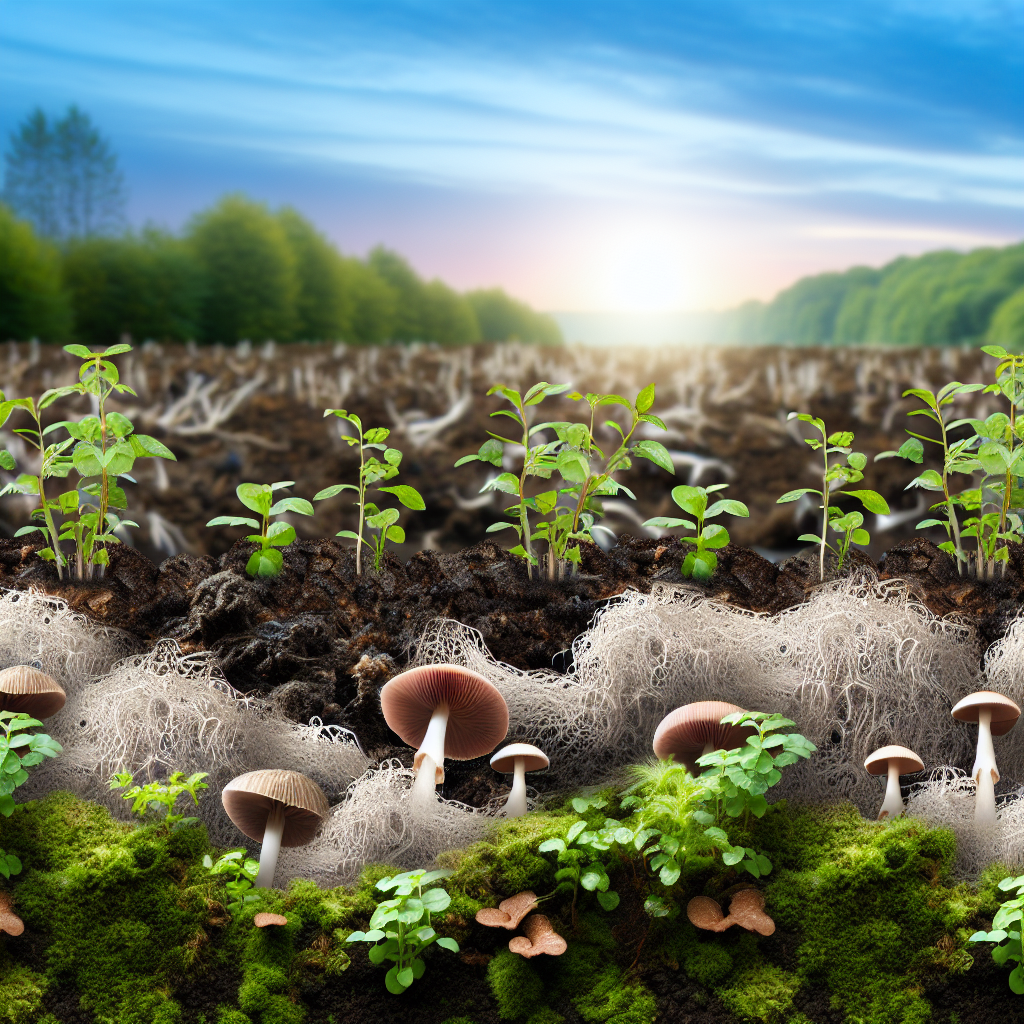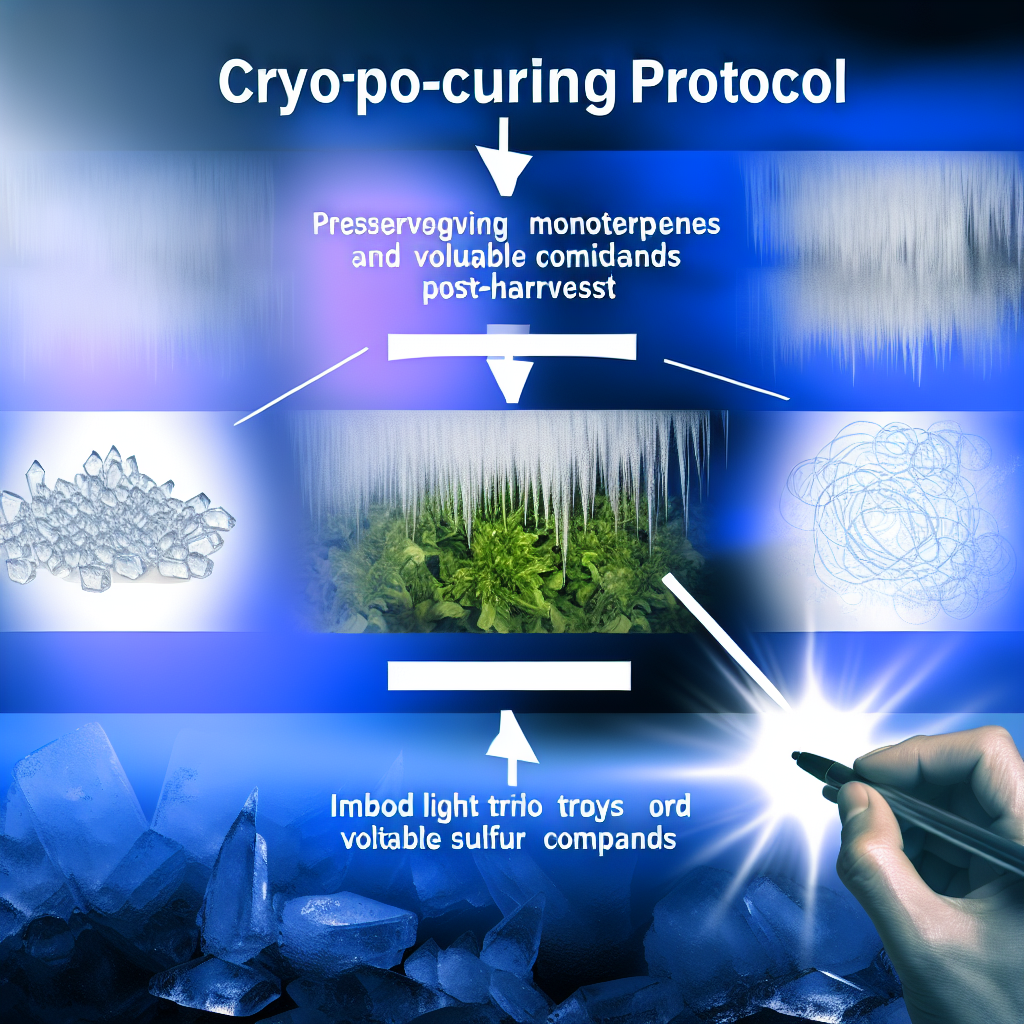Mycoremediation in Living Soil – Utilizing Fungi to Degrade Plant Pathogens and Heavy Metals
Introduction
As the cannabis industry continues to scale and become more technologically advanced, cultivators are embracing sustainable cultivation practices that enhance both product quality and environmental outcomes. A groundbreaking solution gaining traction is mycoremediation—using fungi to degrade toxins and pathogens in soil.
In particular, its application in living soil systems—biologically complex and nutrient-rich soils—has shown incredible promise. These systems are teeming with composts, beneficial microorganisms, and fungi, functioning much like natural forest ecosystems. Central to this ecosystem are saprophytic and mycorrhizal fungi, which break down organic substances while improving nutrient availability and ecosystem resilience.
In cannabis farming, heavy metals like cadmium, arsenic, and lead can sneak in through contaminated water, fertilizers, or other substrate inputs. These toxins accumulate in plant tissue, impairing compliance and endangering consumers. Additionally, plant pathogens such as Fusarium and Pythium can devastate yields. Common mitigation tactics—chemical treatments or soil extraction—often do more harm than good by harming soil structure and biodiversity.
Mycoremediation delivers a regenerative, low-impact alternative. By introducing fungi such as Pleurotus ostreatus (oyster mushroom), Trametes versicolor (turkey tail), and beneficial mycorrhizal fungi like Glomus intraradices, growers can clean their substrates while enhancing plant health.
This article dives into the research, real-world examples, and practical applications that are making mycoremediation a game-changer for sustainable cannabis production.
Features and Scientific Insights
Fungi are biochemical powerhouses. They secrete extracellular enzymes and organic acids that break down complex molecules into simpler forms. A foundational 2007 study in Biotechnology Advances reported how white rot fungi such as Phanerochaete chrysosporium and Pleurotus ostreatus effectively degrade persistent organic pollutants and heavy metals. These fungi produce enzymes like laccase and manganese peroxidase, which not only decompose lignin in wood but also detoxify synthetic contaminants.
In a 2013 study from the International Journal of Environmental Science and Technology, oyster mushrooms demonstrated the ability to reduce soil concentrations of contaminants like lead and cadmium by up to 70%. This capability makes them an ideal fit in organic cannabis cultivation, providing both remediation and soil enhancement benefits.
Mycorrhizal fungi, such as Glomus intraradices and Rhizophagus irregularis, form symbiotic relationships with plant roots. These fungi extend root systems via hyphae, facilitating greater nutrient and water uptake while stimulating immune responses. A 2020 study from the University of Guelph found that cannabis plants inoculated with these fungi displayed better root structures and showed increased resistance to pathogens such as Pythium and Rhizoctonia.
Additionally, the genus Trichoderma—especially Trichoderma harzianum—acts as a biological control agent by outcompeting pathogenic fungi and promoting plant growth. A detailed review in Microbiological Research supports the use of Trichoderma for disease suppression and soil health enhancement.
Professional cannabis producers now work with soil scientists and mycology experts to tailor fungal blends suited to their grow environments. Companies like MycoCycle and Groundwork BioAg offer commercial mycoremediation products specifically designed for cannabis soil enhancement, marking a significant intersection of regenerative agriculture and modern biotechnology.
Conclusion
The use of mycoremediation within living soil systems offers a transformative solution for cannabis cultivators concerned with regulatory compliance, plant health, and environmental sustainability. By strategically applying fungi with known biochemical capabilities, growers foster a cleaner, more resilient soil ecosystem. This ultimately leads to higher-quality and safer cannabis products. As research and technology in this field expand, mycoremediation is poised to become a cornerstone of regenerative cannabis cultivation.
Concise Summary
Mycoremediation—the fungal breakdown of contaminants—offers a sustainable solution for cannabis growers working with living soil. By deploying fungi like oyster mushrooms and mycorrhizae, cultivators can reduce heavy metals and pathogens while enhancing soil vitality and plant health. Backed by scientific research and supported by commercial initiatives, this method minimizes the need for chemical treatments and aligns with organic certification. As mycoremediation continues to gain traction, it’s becoming a key practice for environmentally responsible cannabis cultivation.
References
– Singh, H. (2006). Mycoremediation: Fungal Bioremediation. Biotechnology Advances.
– Ezzouhri, L. et al. (2013). Biodegradation of heavy metals using oyster mushroom in contaminated soils. International Journal of Environmental Science and Technology.
– Hepburn, L. & Crawford, D. (2020). Mycorrhizal inoculation effects on cannabis sativa root health. Frontiers in Plant Science.
– Harman, G. E. et al. (2004). Trichoderma species—opportunistic plant symbionts. Microbiological Research.




